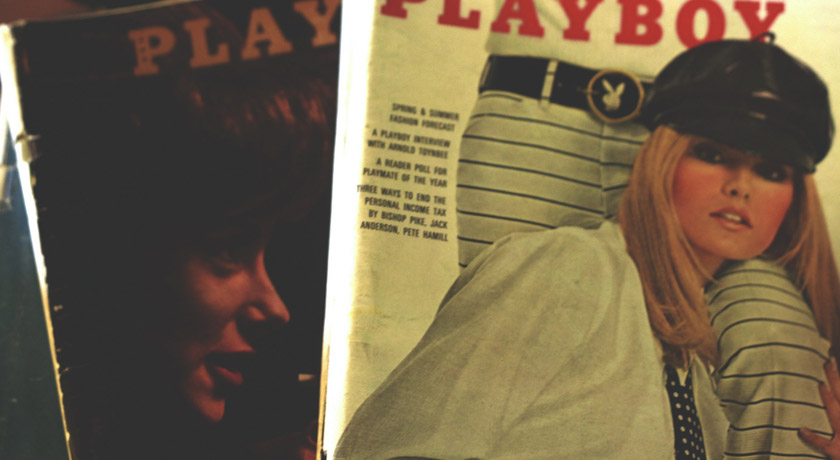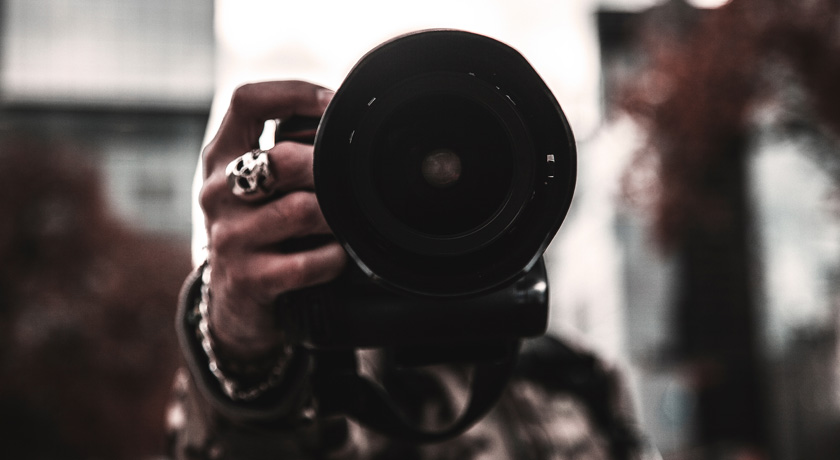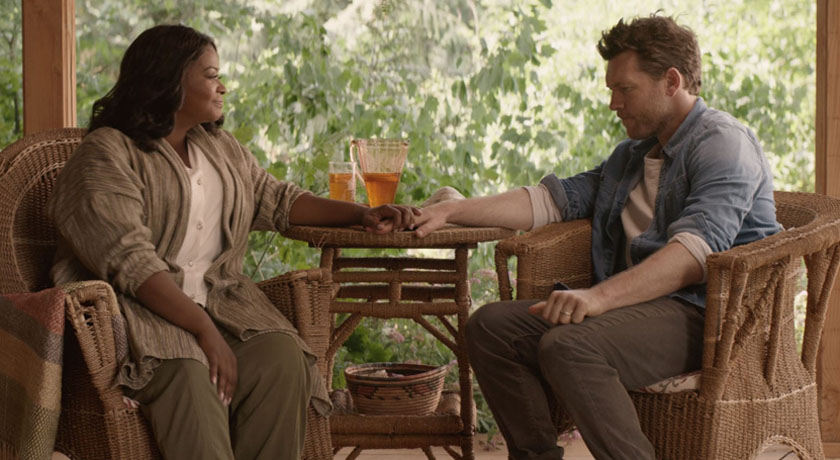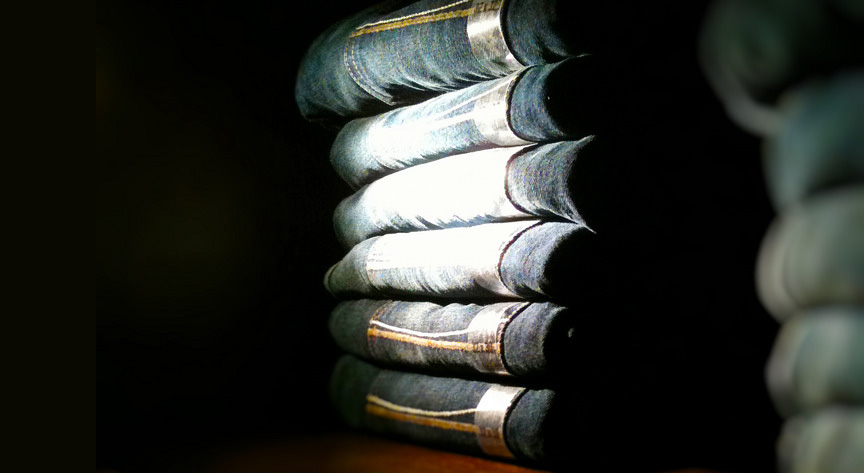Hugh Hefner’s Legacy is Nothing to Celebrate (an Important Guest Post)
Photo by Thom on Unsplash
Sometimes a friend of mine will get a fire in their belly and write something we should hear, however uncomfortable. That someone today is my good friend Clare Bruce. Clare is a journalist. She knows how the media works, and writes with passion. While she uses Australian examples here you could find similar ones from your own country, and (sadly) similar statistics. If you were concerned about the accolades Playboy chief Hugh Hefner garnered recently, you weren’t alone. How has it come to this? Given today is the UN’s International Day of the Girl Child the question is even more timely. Here’s Clare. (Note: includes some graphic concepts)
***
Watching the TV news media celebrating Hugh Hefner recently, as though he was one of the great luminaries of our time, reminded me of The Emperor’s New Clothes.
And I’m not referring to the lack of clothing on his famed Playboy models.
The link between the Hans Christian Anderson fairytale and the news reports of Hefner’s life and death, lies in their glaring omissions of basic truths.
I was baffled and saddened to see scores of intelligent journalists packaging up glowing tributes to the father of modern pornography, while blatantly ignoring the bleeding obvious: the impact of his life’s work.
Certainly Hefner was a colourful public figure, and reporting on a departed celebrity has its place, but to sidestep the dark side of his legacy in the story was unbalanced and unprofessional, if not laughable. Especially now that the far-reaching and devastating consequences of porn are painfully clear—and increasingly proven by research.
Empowerment for Women?
 Photo by Abril Sicairos in Flickr, cc by-nc-nd 2.0
Photo by Abril Sicairos in Flickr, cc by-nc-nd 2.0
Here in Sydney, on Celebrate-Hugh-Hefner-Night, a commercial news anchor stood in front of a gigantic, studio-length curved screen, featuring Hefner dressed in signature dressing gown, signalling that this was the grand feature story of the night.
Gushing with sentimentality, a US correspondent began to describe Hefner: he was a ‘legend’, the ‘ultimate playboy’, a man ‘always viewed with a blend of admiration and envy’. The description was an exercise in exaggeration. Millions of people the world over were far from admiring of Hefner, but rather saddened and appalled at how he lived, and the lives his industry has harmed.
As the voiceover continued, we watched file footage of Hefner surrounded by his fawning, busty, nearly-always-blonde ‘Playmates’ (hired girlfriends—a concept, by the way, that resembles prostitution and tragically, is now being practiced by teens in Asia). The richly paid and always-smiling girls danced in his nightclubs, kissed him for the cameras, sat astride his suggestive inflated pool toys, and wore his demeaning, animalising bunny tails and ears.
The report featured a distinct lack of thoughtful female opinion. Aside from an old clip of a Hefner interview conducted by a prominent Australian female journalist, the only woman’s voice heard was that of a young lady plucked from the crowds milling about outside the Playboy Mansion. She asserted that the industry Hefner birthed ‘is a form of empowerment, I think, to women – just showing their sexuality’. I nearly choked on my fried rice hearing the term ‘empowerment’ spoken in relation to the porn-king.
It was a relief to flick over and see one of the public broadcasters interview human rights academic Dr Helen Pringle. She astutely pointed out that Hefner’s achievements for ‘liberation’ were always at the service and pleasure of men. Her soundbite, though, was a mere 10 seconds long.
Malcolm Turnbull and his Playboy Legacy
Meanwhile, on another commercial network, Prime Minister Malcolm Turnbull was being quizzed about his pivotal role in bringing Playboy magazine to Australia 40 years ago, when he was a lawyer working for the late media mogul Kerry Packer.
Australia’s leader reminisced proudly, almost smugly. The show’s hosts stuck to the script: grinning and laughing along with the rollicking tale. After all, hard-working Aussie blokes deserved access to images of sexual, naked women, to leer at and fantasize over when their wives, mums and girlfriends weren’t looking, didn’t they? Nobody, not even the female journo of the show, was so prudish as to question the narrative.
Next morning, a horribly uncomfortable moment of TV unfolded, when Turnbull reappeared—this time on a breakfast show. It was an outdoor broadcast to mark the upcoming AFL grand final, and a crowd of footy fans were standing right behind the set—many of them kids and teens. Not wanting to miss their bite of the titillating cherry, the hosts asked Turnbull about his Playboy connection too. The three exchanged the smirky, ‘isn’t-this-funny’ smiles one seems required to adopt around the topic. Turnbull looked perhaps a little uncomfortable, turning momentarily towards the kids, teens and grandmas who were within earshot as he recalled the tale once more.
Why anyone on that TV set didn’t stop that scenario from unfolding escapes me.
Let’s Check Some Facts
 Photo by Parker Byrd on Unsplash
Photo by Parker Byrd on Unsplash
I relate this media coverage only to highlight a deep, abiding irony: the emperor has no clothes. These admiring representations of Hugh Hefner and his life serve to prop up the only publicly acceptable view of pornography, the one created by Hefner’s own empire: that it is not only entertainment but art, and that it’s the birthright of men to be able to access it.
Fearing that we may seem backward, Puritan or ‘repressed’, we perpetuate the myth that it’s ‘harmless fun’. Reporting of this kind glosses all too easily over the inconvenient facts about the impacts of the X-rated industry. Let’s look at those facts, starting at the coalface: in the Gold Coast Centre Against Sexual Violence.
“In the past few years we have had a huge increase in intimate partner rape of women from 14 to 80+,” says centre director, Di Macleod. “The biggest common denominator reported by the victims is the consumption of porn by the offender. We have seen a rise in deprivation of liberty, physical injuries, torture, drugging, filming and sharing footage without consent.” If we’re wondering whether there’s a link between porn and rape, Macleod’s sobering testimony surely speaks for itself.
Next, let’s look at Australia’s high schools, where activists like Melinda Tankard-Reist speak regularly to student groups in their fight to protect young people.
Tankard-Reist hears countless stories of abuse from girls and young women. They speak of being treated like sex objects, groped in the schoolyard, and pressured by boys in private to mimic sex acts depicted in online. They’re ranked on their bodies, compared to porn stars, sidelined if they don’t get ‘Brazilian’ waxing, and are often harassed into ‘sexting’ photos of their naked bodies to boys. Boys then use the images as “a form of currency, to swap and share and… humiliate girls publicly”.
“Year 7 girls ask me questions about bondage and S&M,” writes Tankard-Reist. “They ask, if he wants to hit me, tie me up and stalk me, does that mean he loves me?… Girls are putting up with demeaning and disrespectful behaviours, and thereby internalizing pornography’s messages about their submissive role.” “Some girls suffer physical injury from porn-inspired sexual acts, including anal sex…[and] torture.”
This is getting ugly.

Aside from the many anecdotes, there’s plenty of research, too. One European study showed a clear link between boys regularly sexting or viewing explicit imagery online and later becoming perpetrators in sexual abuse and coercion. There are also links to mental health problems, and in one study, nearly one in five young porn-users said they had formed a habit. Queensland sociologist Dr Michael Flood, who researches gender, sexuality and violence, says there are no less than six meta-analyses (studies) showing “consistent links between porn use, and sexually aggressive attitudes and behaviours”. Dr Flood goes as far as saying that explicit content is ‘rape training’. “There’s really consistent evidence,” he said at a symposium on the topic. “Anyone who says ‘Oh no, the jury is out, there’s lots of debate’, well they simply haven’t done their homework. They’re either dishonest or ignorant.”
Heading over to the plastic surgeon’s clinic, the statistics on young women modifying their bodies for sexual approval is downright upsetting. Between 2001 and 2013 requests for labiaplasty tripled among Australian young women aged 15-24. Yes, labiaplasty. It’s no surprise that these were also the years in which we saw the rise of mobile devices and social media; forces that are rapidly escalating our body image obsession. In the UK, the number of women seeking the surgery multiplied by five between 2001 and 2008. Who knew there was even an ideal ‘type’ to be had? Before porn, young women weren’t in the habit of comparing.
Think about what this trend means. Our culture, saturated in so-called ‘adult’ content, has taught girls and women that in order to be desirable or loveable, they must modify not only their face, hair, nails, skin colour, lip size and breast-size—but now also their genitals.
How, pray tell, is this empowerment?
Porn Culture Has Become Inescapable
Photo by Matthias Blonski on Unsplash
Despite all these sobering facts, we’ve allowed our society to become saturated with porn-related imagery, not just in private but in public. It’s in marketing to children, with Playboy’s bunny-ears logo appearing on kids’ jewellry, in kids’ movies, and girls’ bed linen—normalising the brand in young minds. It’s in fashion, with retailers selling t-shirts that promote violence against women, and even baby clothing sporting sexualised slogans.
On school buses and billboards we see strippers, sex hotlines, and Sexpo ads. Mothers and children apparently have to accept this; protest and you’re a wowser.
It’s everywhere in pop music. One of the more depraved examples of recent times was the video for Miley Cyrus’s 2015 song, BB Talk. Miley strikes various porn-style, sexual poses—all while wearing baby clothes, bonnet and pigtails. To argue that the video does not sexualise babies or play on paedophilic thinking would be dishonest. Yet Miley is an artist and a media darling, and so we play along.
And, of course, it’s on screens in childrens’ backpacks and pockets. Just last week I worked on a story in which I heard of a little boy who’d molested another boy his own age—after stumbling across pornography on his ipad. And this week, I heard reports of two more similar incidents.
Lest we are still tempted to defend Hefner’s Playboy as a ‘harmless’ magazine, let’s remember this: it opened the door to what is now a giant global industry, with websites pumping out hardcore content in which humans are treated like worthless objects. In its time, Playboy has published child porn images, and cartoons depicting rape and child abuse. And today the company – which is now considered tame compared to its competitors – creates programs with names so appalling I won’t repeat them in this article.
And it’s not only the girlfriends and wives of porn-conditioned men who are now paying the price. Let’s not forget the millions of women and children being trafficked around the world, to work in brothels as sex slaves to service their porn-inspired clientele.
Hugh Hefner: A Complex Man
 Photo by Justin Main on Unsplash
Photo by Justin Main on Unsplash
I believe it’s disingenuous to pretend Hugh Hefner was merely a charming, harmless, cheeky gentleman. Even if we ignore the uglier recollections of some of his former girlfriends, we only have to look at the business he fathered to see how he viewed women: as beautiful creatures to be exploited for the pleasure of men.
Sadly, we know that Hefner was driven by a childhood experience of an unloving, joyless home; something he bucked against all his life. It’s so sad to think that the atmosphere created by his parents’ apparently loveless relationship, caused him to swing the pendulum so far the other way.
Yes, he was a gifted and brilliant entrepreneur, and perhaps he never once considered that his creation might cause devastating harm. But the fact remains that it does—and by not investigating or acknowledging these impacts, he had his head in the sand for most of his life.
A Challenge to the Media – and to Us
For those who are journalists, newsreaders, media owners and producers—we have a privileged position of influence, one that also comes with a great and humbling responsibility. And we viewers have a responsibility, too. It’s not enough to think, ‘This little story doesn’t matter’, or, ‘what harm can one movie do’, or, ‘I can’t make a difference’. We can all choose to make one small change at a time.
The world changes when one media executive upholds their advertising values; when one editor decides not to use that extra-racy piece of vision; when a producer thinks more carefully about their story lineup; and when a journalist adds that extra question that challenges the status quo.
We change the world when we guide our kids in healthy viewing, when we switch channels or unsubscribe from that Instagram account, when we choose not to laugh at a sexist joke in the lunchroom, when we seek help if we are struggling with porn ourselves, or encourage our teens to stand up against peer pressure.
If we only think of our own children, partners, siblings and friends, and take small stands that might help to protect them in the future, it is a step in the right direction.
And at the very least, could we please aim for better balance in reporting?
I think we can do these things. I really do.
***
Clare Bruce is a journalist who has worked in print and radio for 15 years.
Twitter: @ClareAliceBruce | Facebook: clarealicebruce







Autrice
Besides the obvious topic which is demon fed, only soulless people could or would be supported of children & porn together… I would ask the text color be darker. Not all readers are young people with good eyes and the light gray sure makes it difficult to read. Thanks.